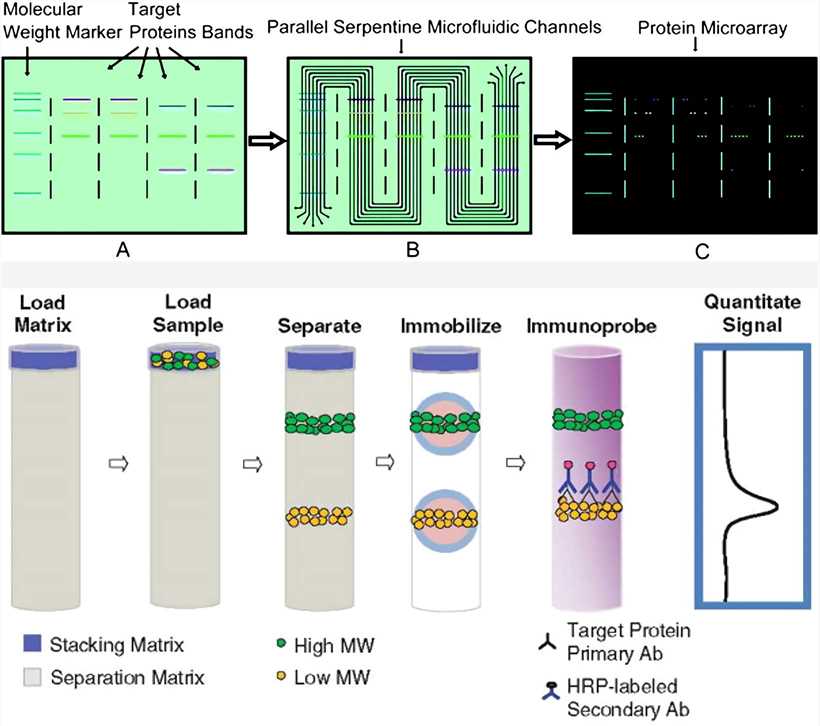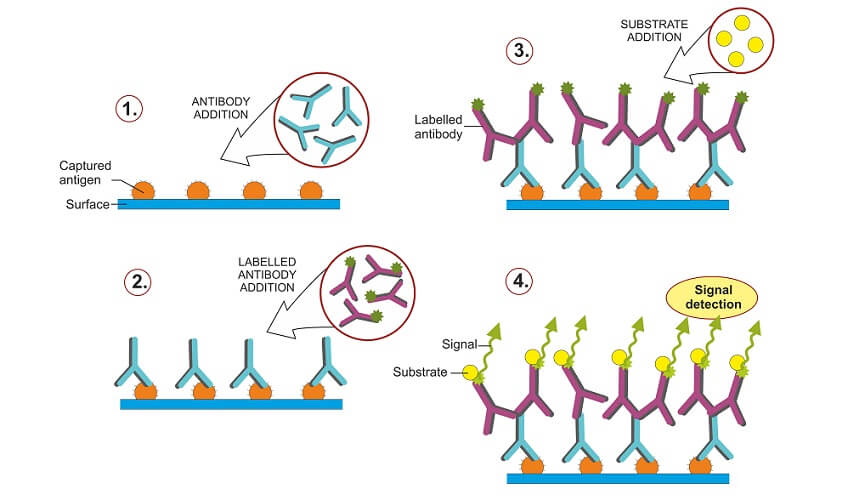
Carefully place the assembled cassette into the transfer tank containing Western Transfer Buffer up to the "pre-fill" level and adjust the buffer level, as needed, after the addition of the cassette.Gently close the cassette by placing the anode plate over the exposed pad.Place a sponge support pad onto the second piece of blotting paper and remove air bubbles.Place a second piece of blotting paper onto the nitrocellulose membrane and remove air bubbles.Ensure that the membrane remains directly over the gel before proceeding.


Carefully place the pre-soaked nitrocellulose membrane onto the gel and expel air bubbles.Remove the gel from the electrophoresis plates, cut off approximately the bottom 3mm of the gel so that the membrane can be laid flat against the gel, and place the gel over the blotting paper.Place a piece of blotting paper onto the sponge support pad.Place a sponge support pad onto the cassette and remove the air bubbles by gently rolling a Pasteur pipette over the pad.Submerge the open Transfer Cassette cathode plate onto the tray pre-filled with Western Transfer Buffer.Set up the Submerged Western Transfer Cassette as described below and in Figure III-2:.(The electrophoresis can be followed by using pre-stained molecular weight markers). Load the protein sample onto a 4-20% Tris-Glycine polyacrylamide gel and run until desired resolution is achieved.Commercially available alkaline phosphatase conjugate substrate kit.Secondary antibody (Donkey-anti-probing antibody species conjugated to Alkaline Phosphatase).Antigen specific probing antibody (Primary Antibody).Methanol.200mL (20% final volume)ĭiH2O.add to 1.0L final volume Tris Base.1.45g (12mM final concentration) *Western Transfer Buffer (1/2 x TOWBIN).(Note: The membrane should be handled with gloves and clean forceps to avoid contamination with extraneous proteins.) A nitrocellulose membrane, approximately the size of the gel, presoaked in Western Transfer Buffer* for five minutes.


The membrane containing the protein bands is serially incubated with: a suitable blocking reagent to prevent non-specific protein binding, a wash solution to rinse any unbound blocking reagent, a probing antibody (anti-protein-X antibody) that forms a specific immune complex with Protein-X, additional wash solution to remove any unbound antibody, an enzyme-linked antibody that binds specifically to the Fc region of the anti-Protein-X antibody, additional wash solution to remove any unbound enzyme-linked antibody, and finally, a substrate solution, which in the presence of the enzyme, yields an insoluble, colored product that precipitates at the site of the immune complex, thereby rendering the Protein X band visible (Figure III-1). for the detection of protein X) includes the following steps: The proteins in the tested solution are separated into distinct bands by SDS-PAGE, The size-separated proteins are transferred from the polyacrylamide gel to a nitrocellulose membrane (or another suitable matrix). The technique exploits both the efficiency of SDS-PAGE to separate a mixture of proteins into distinct protein bands, and the ability of immunochemical reagents to interact specifically with a given protein antigen.Ī typical Western-transfer protocol (e.g. Western Transfer, also known as Western Blotting, is a rapid immunoblotting technique for identifying the presence of a particular protein in a complex mixture of proteins such as cell lysates or sera.


 0 kommentar(er)
0 kommentar(er)
